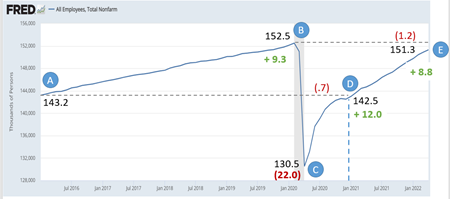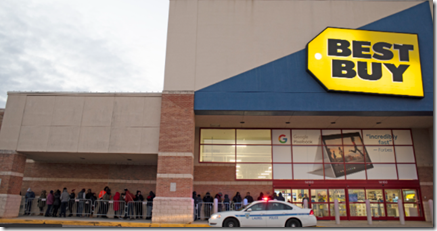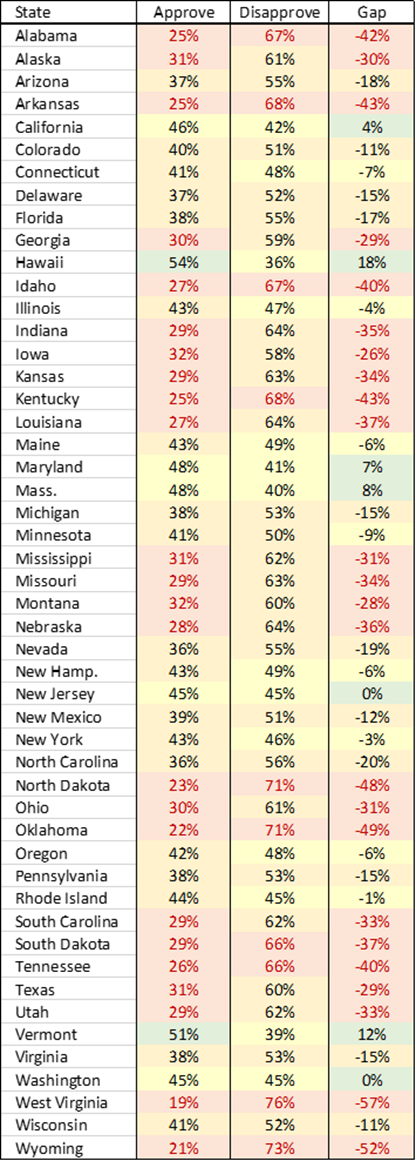Objectives: (1) Stop funding Putin’s aggression with Russian oil & gas revenues (2) Replace U.S. and European countries’ Russian purchases with U.S. oil & gas (3) Support the Canadian oil industry (4) Dampen domestic (and world markets) inflation rates
==============
A prior version of this post was published on February 22, 2022
Some necessary background …
Remember when Trump made the U.S. a net exporter of oil products?

Focus on the dark line on the above chart … it depicts the U.S. trade deficit (or surplus) in crude oil & liquid fuels (mostly natural gas condensate, LNG).
Biden inherited a trade surplus … exports of crude oil & oil products exceeded the total imports of those goods. (Note that the dark line dipped below zero on the y-axis in 2020).
But, in 2021, imports of crude oil turned upward and the trade surplus evaporated.
Said differently, the U.S. was net energy independent in at the end of the Trump administration … but, thanks to Biden’s policies, we’re net energy dependent again.
How did Biden do it?
By signing executive orders aimed at crippling (and ultimately killing the domestic U.S. oil industry) by essentially stopping new oil exploration and shackling oil production and transport (e.g. the XL Canada to U.S. pipeline)
=============
Bottom line, Biden’s decision to curb U.S. oil drilling, production and transport has literally fueled inflation (<=pun intended) and, to a large extent, funded Putin’s war chest.
On the latter point, let’s run the numbers…

In 2020, the U.S. produced 11.3 million barrels per day (MBPD) of crude oil and liquified natural gas (LNG).
But, the U.S. consumed 17.2 MBPD … and had to import 5.9 MPD (the red number above).
Note that Russia was the 2nd largest producer in the world @ 10.1 MBPD … and exported 70% of its production (6.9 MBPD).
==============
Let’s dissect the U.S. imports…
In 2021, U.S. oil imports increased to 8.5 MBPD.
Where is that oil coming from?

About 1/2 comes from Canada … an ally that is close to the U.S. geographically and politically.
So what did Biden do to cause this unfortunate turnaround?
For openers, killing the XL pipeline project.
The implication: less oil from Canada … and higher costs (and environmental risk) by trucking the crude oil that is supplied to the U.S. by Canada.
Why screw our allied neighbors?
Even more important, the U.S. has been importing almost 600,000 barrels per day of oil from Russia.
Annualized at current rates, that’s 217 million barrels of oil bought from Russia each year.
What’s the dollar value of those purchases?
Let’s look at oil prices …

Rounding up a bit to simplify the arithmetic, crude oil prices are now at about $100 per barrel.
So, 217 million barrels has a market value of over $21 billion each year. That’s money flowing into Putin’s coffers.
Note: That’s about $9 billion more than the oil would have been market valued on Biden’s inauguration day.
How’s Putin using that windfall?
It’s reasonable conjecture that a fair chunk of it is funding Russia’s aggression against Ukraine.
So, what to do?
If Biden wants to send a clear signal to Putin, he should “follow the data” and rescind his oil-crushing executive orders … TODAY.
While not immediate, that move can cut the flow of funds to Putin by reducing our direct oil purchases from Russia … and by, perhaps, depressing global oil prices.
It’s time for another Operation Warp Speed … one that unleashes the U.S. oil & gas industry.
There aren’t a lot of options, Joe.
=============
If you think that climate control should trump energy security, read Greater threat to the planet: Putin or climate change?
SHARE THIS POST WITH FRIENDS & FAMILY





























![image_thumb[2] image_thumb[2]](https://kenhoma.files.wordpress.com/2022/05/image_thumb2_thumb.png?w=450&h=292)







































